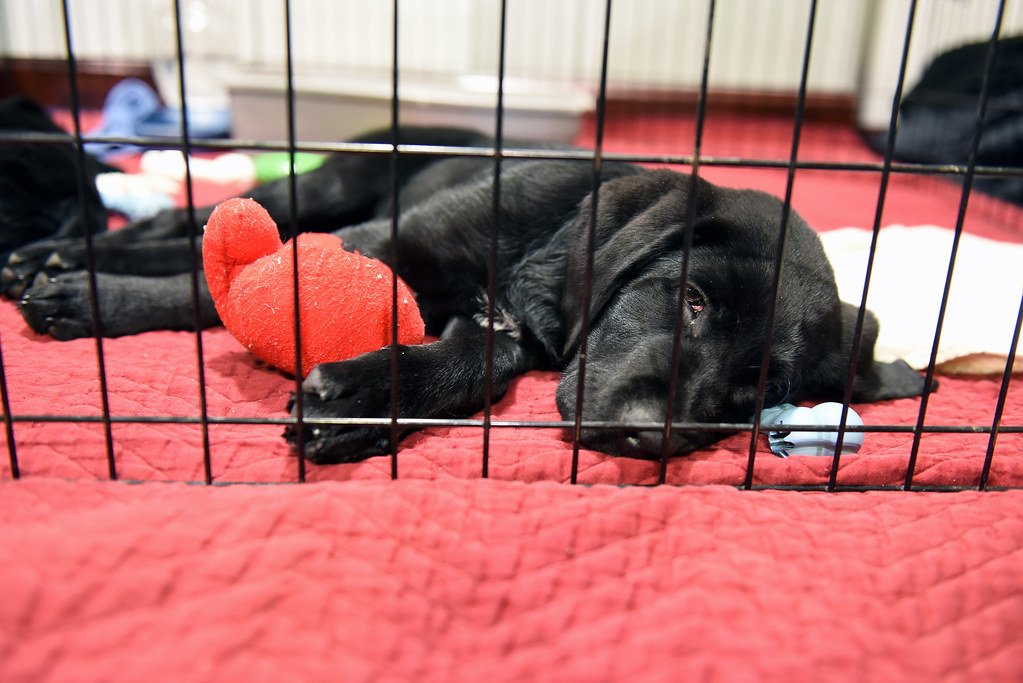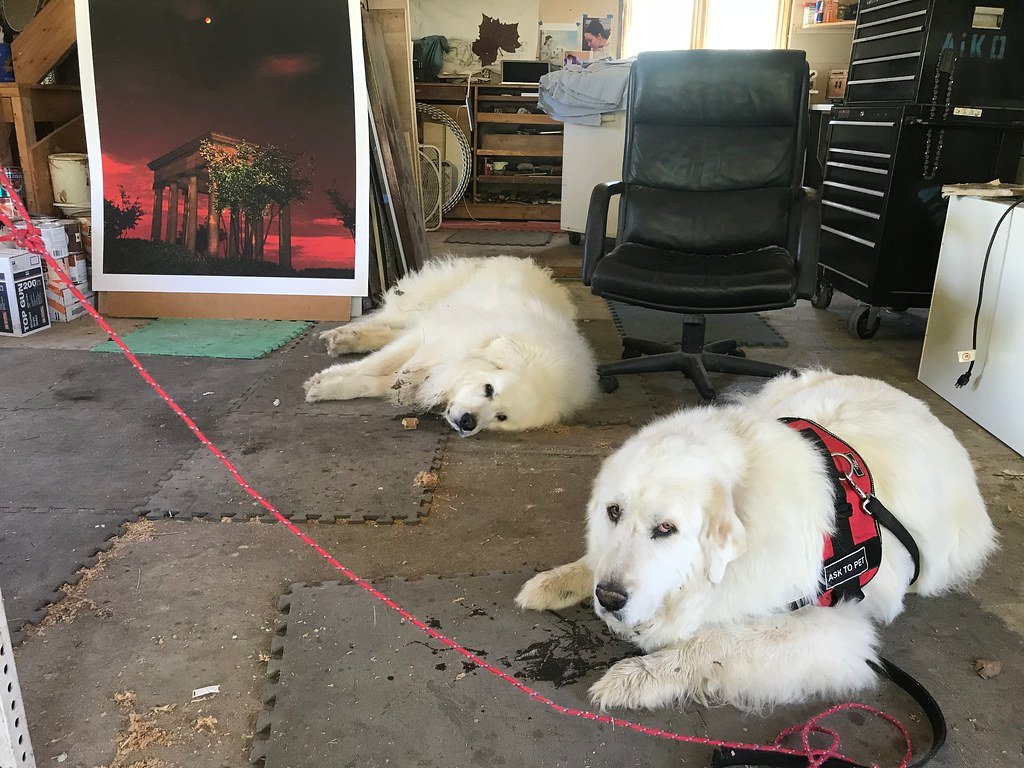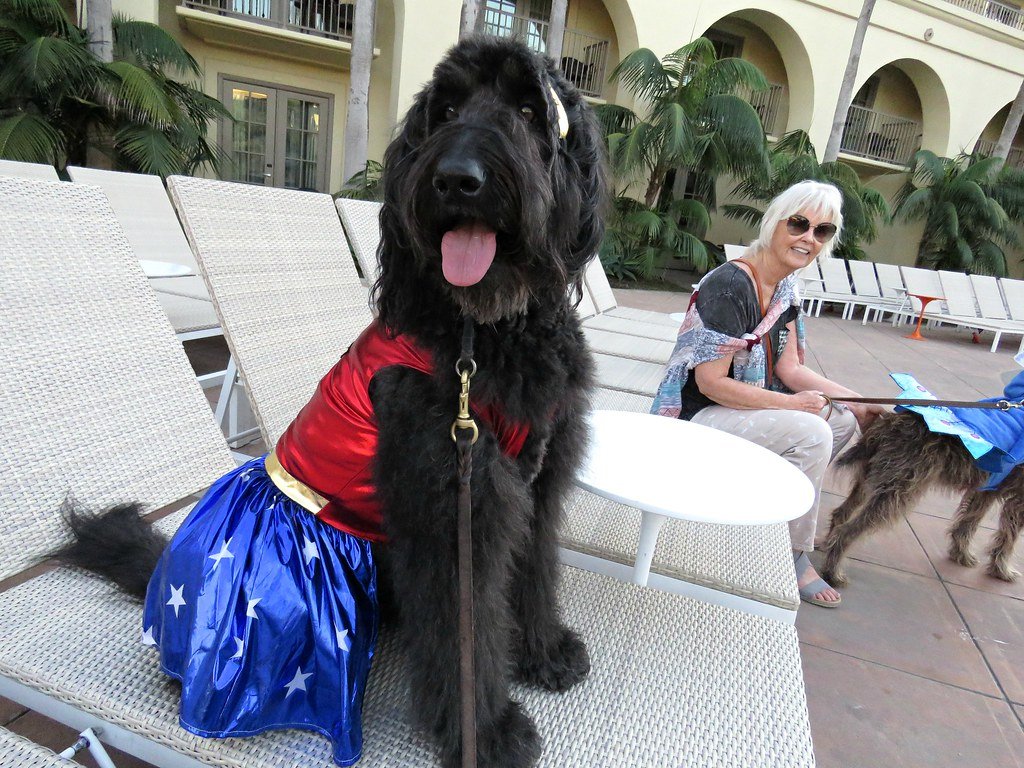Have you ever watched your dog pace, whine, or hide and wondered, “What am I missing?” The truth is, even the most loving owners can accidentally trigger anxiety in their pups. It’s a gut-wrenching feeling when our furry best friends seem uneasy—and often, the cause is something we’d never expect. Let’s dig into the most common habits that might be stressing out your dog, and what you can do to help them feel safe, calm, and truly at home.
Inconsistent Daily Routines
Dogs thrive on predictability. When mealtimes, walks, or bedtime shift wildly from day to day, it can leave your pup feeling unsettled. Imagine how you’d feel if your alarm clock went off at a different time every morning—confusing, right?
Anxious dogs often show their stress by barking, pacing, or clinging to you when the routine changes. Keeping things steady—like feeding and walking at the same times—helps your dog feel secure. Even small rituals, such as a regular bedtime cuddle, can make a huge difference.
Leaving Your Dog Alone Too Long
Many dogs aren’t built for hours of solitude. While you’re out, they might chew furniture, bark excessively, or even have accidents—classic signs of separation anxiety. Some dogs will sit by the door, waiting with a worried look, ears drooping.
Short, predictable absences with a comforting goodbye routine help. Interactive toys or a cozy spot by the window can ease their loneliness. If you’re gone often, consider a dog walker or friendly neighbor to pop in and say hello.
Raising Your Voice or Punishing Harshly
A stern voice or sudden shout can make even the toughest dog cower. Dogs are sensitive to tone, and harsh words can make them anxious, unsure of what’s coming next. You might notice their tail tuck, ears pin back, or they slink away.
Gentle corrections and rewards for good behavior are far more effective. Positive reinforcement builds trust and confidence. Instead of scolding, redirect with a treat or a favorite game—your dog will thank you with wags and smiles.
Lack of Socialization

Dogs need to meet new people, animals, and places to feel comfortable in the world. Missing out on this early can make them fearful or anxious in new situations. You might see your dog freeze, shake, or hide behind you when faced with strangers.
Gradually introducing your dog to different sights, sounds, and faces teaches them that new things aren’t scary. Take baby steps—maybe a quiet park visit first, then a busier street. Patience and encouragement are key.
Ignoring Their Need for Exercise

A bored, under-exercised dog is often an anxious one. Without enough activity, energy builds up, leading to restlessness, barking, or destructive habits. Some dogs even start chasing their own tails or licking themselves raw.
Regular walks, playtime, and mental challenges like puzzle toys help tire them out in a healthy way. Tailor the activity to your dog’s breed and age—some need a marathon, others are happy with a stroll and sniff.
Sudden Environmental Changes

A move, new furniture, or even a loud thunderstorm can shake up your dog’s world. Some dogs react by hiding, trembling, or refusing to eat. Even a new scent in the house can throw them off.
Help your dog adjust by introducing changes slowly. If possible, bring familiar items like their bed or toys to new spaces. For big events like moving, keep routines as normal as possible and offer extra reassurance.
Overstimulation From Too Much Noise or Activity

Loud music, parties, or busy households can overwhelm sensitive dogs. Signs include panting, pacing, or retreating to a quiet corner. Just like people, some dogs crave peace and quiet to recharge.
Create a safe haven—a cozy crate or a quiet room—where your pup can escape the chaos. Teach family and guests to respect your dog’s need for downtime, and keep an eye out for subtle signs that they’re feeling frazzled.
Ignoring Subtle Stress Signals
Dogs “speak” with body language, but their cues are easy to miss. Lip licking, yawning, or sudden scratching can all be signs they’re uncomfortable. Ignoring these signals can make anxiety worse over time.
Tune in to your dog’s small gestures. If you notice them looking away or yawning during a new experience, give them space or comfort. Being their advocate helps them feel heard and safe.
Frequent Changes in Household Members

New roommates, a baby, or visiting relatives can unsettle your dog. The scent, sounds, and routines of new people are a lot for a sensitive pup to process. You might see them become clingy, withdrawn, or even regress in training.
Introduce new people gradually and allow your dog to approach at their own pace. Reward calm, friendly behavior and give your dog a familiar “safe zone” they can retreat to if things get overwhelming.
Not Allowing Enough Down Time

Some dog owners think more activity means a happier dog, but too much stimulation—constant play, training, or outings—can leave your dog frazzled. Dogs need quiet time to rest and recharge, just like we do.
Watch for signs your dog is tuckered out: heavy sighs, retreating to a quiet spot, or simply turning away from play. Respect their need for naps and downtime, and you’ll have a much calmer, happier companion.
Jen is a passionate nature lover and ocean conservationist. She has dedicated her life to protecting the environment and preserving the beauty of the natural world. Growing up in a small coastal town, Jen sincerely appreciated the ocean and its inhabitants. She has spent countless hours exploring the shoreline, learning about the creatures that inhabit the waters, and advocating for their protection. Jen is an active member of ocean conservation organizations, and she is committed to educating the public about the importance of conserving wildlife and the natural environment.






